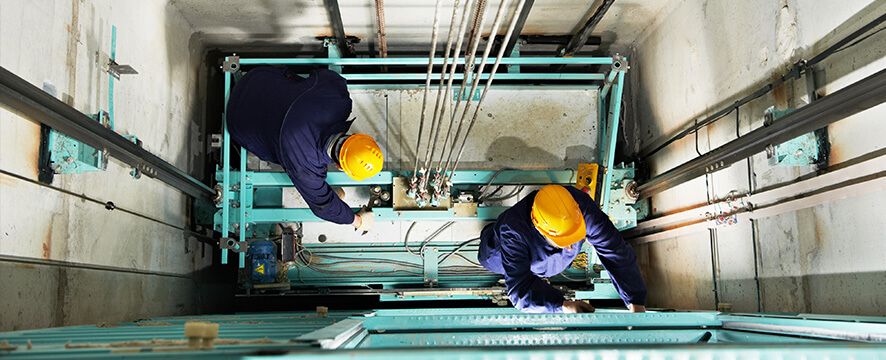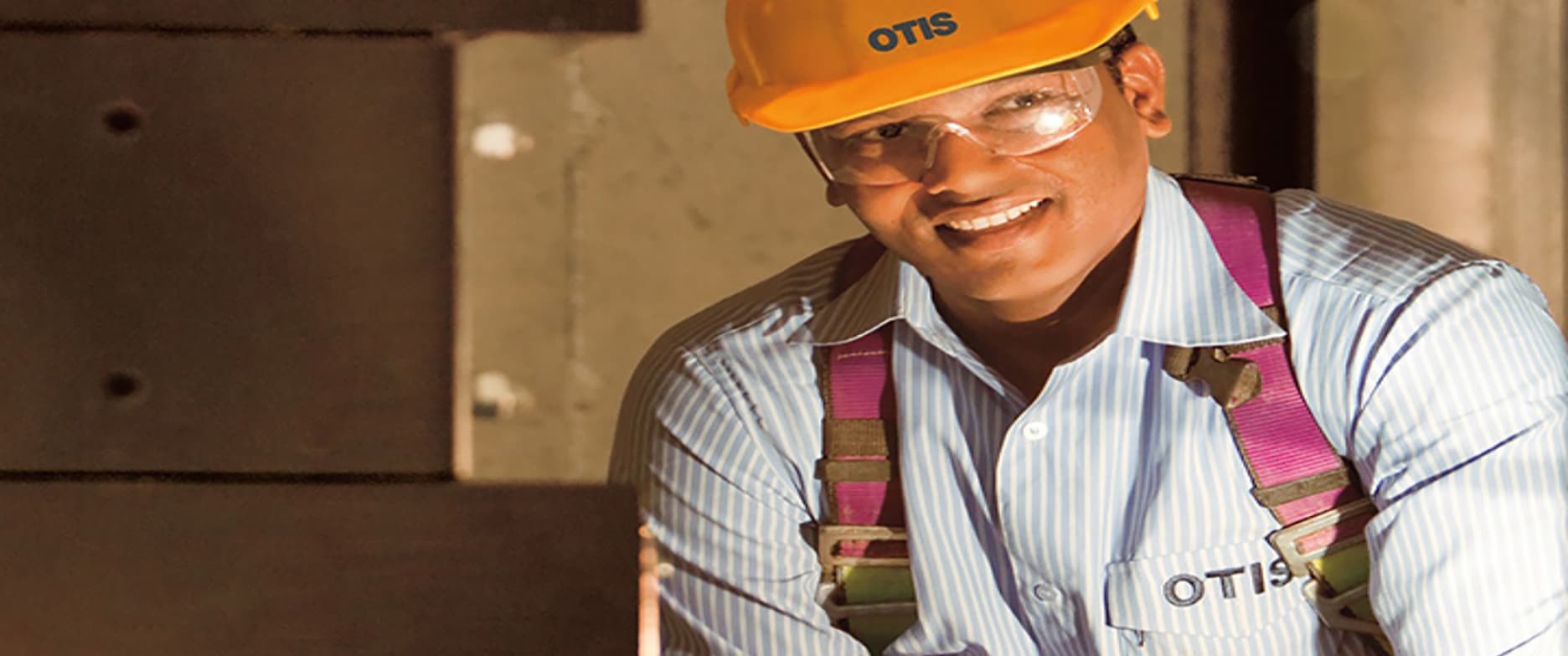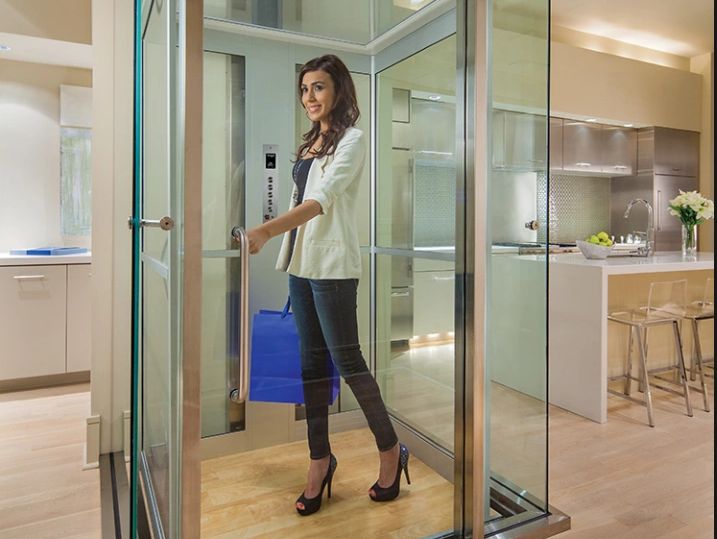Advanced Lift Engineer Course: Prepare for Careers with Leading Lift Repair Companies Near Me
Advanced Lift Engineer Course: Prepare for Careers with Leading Lift Repair Companies Near Me
Blog Article
Comprehensive Overview to Lift Systems and Their Maintenance
Browsing the detailed world of elevator systems and their maintenance is a job that demands accuracy and understanding. From the numerous sorts of elevator systems in operation to the meticulous adherence to safety and security regulations, the maintenance of these upright transportation devices is a diverse venture. As buildings skyrocket greater and modern technology developments, the need for an extensive understanding of elevator systems ends up being significantly important. Join us as we unwind the intricacies of lift maintenance, checking out usual concerns, finest methods, and advanced innovations that shape the contemporary landscape of upright transportation.
Kinds of Elevator Systems
The most typical types include hydraulic elevators, grip elevators, machine-room-less elevators, and vacuum cleaner lifts. Hydraulic lifts are excellent for low-rise structures and utilize a hydraulic piston to move the elevator automobile. Machine-room-less elevators are a space-saving alternative as they do not need a separate machine area for the lift equipment.
Each sort of elevator system has its own benefits and downsides, making it vital for building owners and designers to thoroughly consider their specific requirements before choosing the most ideal option. Aspects such as constructing height, space availability, energy effectiveness, and spending plan restrictions all play a significant duty in establishing the most effective elevator system for a particular structure.
Usual Maintenance Problems
Routine maintenance of lift systems is vital to ensure smooth procedure and extend their life-span. Despite regular maintenance, elevator systems can still run into usual upkeep problems that need to be quickly addressed to protect against disturbances in service. Normal evaluations and aggressive upkeep can help determine and resolve these common upkeep problems before they intensify and affect the general efficiency of the lift system.
Security Regulations and Conformity
Following strict safety laws and making certain compliance with industry requirements are critical for keeping the operational integrity of elevator systems. Lifts go through a comprehensive set of safety guidelines to protect passengers, upkeep workers, and the general public. Governing bodies such as the Occupational Safety and Health And Wellness Management (OSHA) in the United States and the European Lift Association (ELA) in Europe establish standards that cover various aspects of lift layout, installment, maintenance, and operation.
Compliance with these policies is not only a legal requirement however also a moral obligation for building owners and lift upkeep firms. Regular inspections, upkeep checks, and adherence to safety protocols outlined in the regulations are important to make certain the safe and effective procedure of lift systems.
Finest Practices for Maintenance

Structure proprietors ought to likewise think about investing in innovation upgrades to enhance the performance and safety of their lift systems. By following these best methods, lift systems can run efficiently go to this web-site and safely, providing dependable vertical transport for passengers.

Advanced Technologies for Effectiveness
Executing cutting-edge modern technologies in elevator systems can dramatically improve functional performance and guest experience. These systems allow guests to input their desired floor before going into the elevator, which after that routes them to the most reliable auto.
In addition, the combination of clever sensors and anticipating maintenance capacities has revolutionized elevator maintenance. These sensing units can find possible concerns before they intensify, making it possible for proactive upkeep interventions and reducing downtime. Additionally, making use of regenerative drives and energy-efficient elements helps in reducing power consumption and operating expenses in elevator systems.
Furthermore, the execution of cloud-based tracking and remote diagnostics enables for real-time tracking of lift efficiency and prompt troubleshooting of any kind of malfunctions. This positive method not only enhances system reliability yet likewise enhances the total customer experience by ensuring continuous and smooth lift procedures.
Final Thought
In conclusion, understanding the various kinds of lift systems, usual upkeep problems, safety guidelines, best maintenance methods, and progressed innovations for performance is crucial for making sure the smooth operation of lifts. By sticking to safety policies and carrying out finest methods for maintenance, building proprietors can prolong the life-span of their elevator systems and make sure the safety of guests. It is necessary to remain updated on the most recent developments in lift modern technology to enhance performance and reliability.
The most usual types include hydraulic lifts, grip elevators, machine-room-less elevators, and vacuum cleaner lifts. Hydraulic elevators are ideal for low-rise buildings and make use of a hydraulic piston to move the elevator car. Machine-room-less elevators are a here are the findings space-saving choice as they do not require a different device area for navigate to this website the elevator equipment. Regular inspections and proactive maintenance can help determine and fix these common maintenance problems before they rise and influence the overall efficiency of the lift system.

Report this page